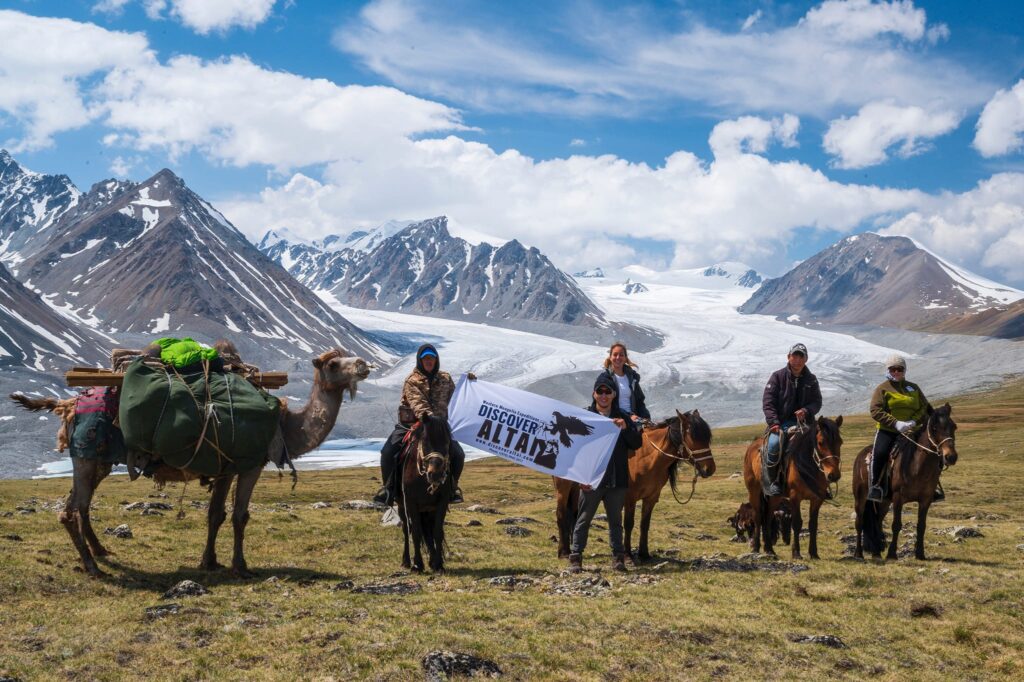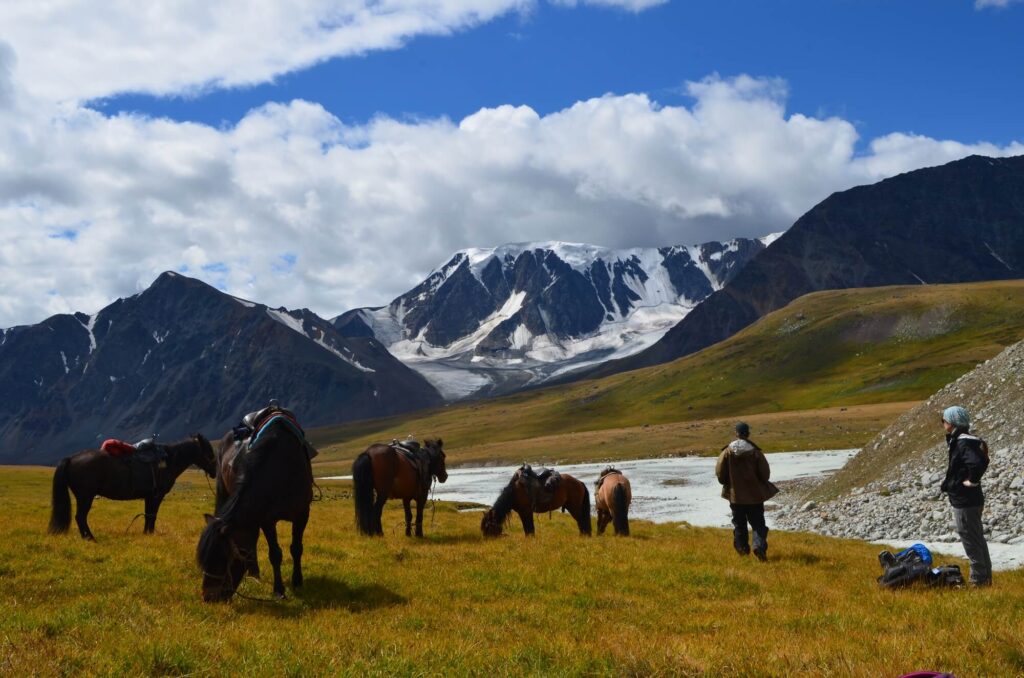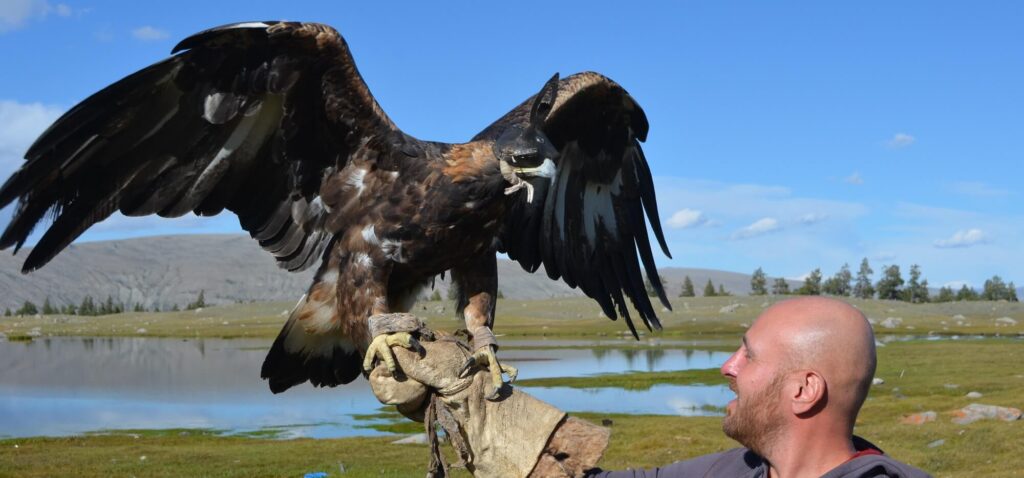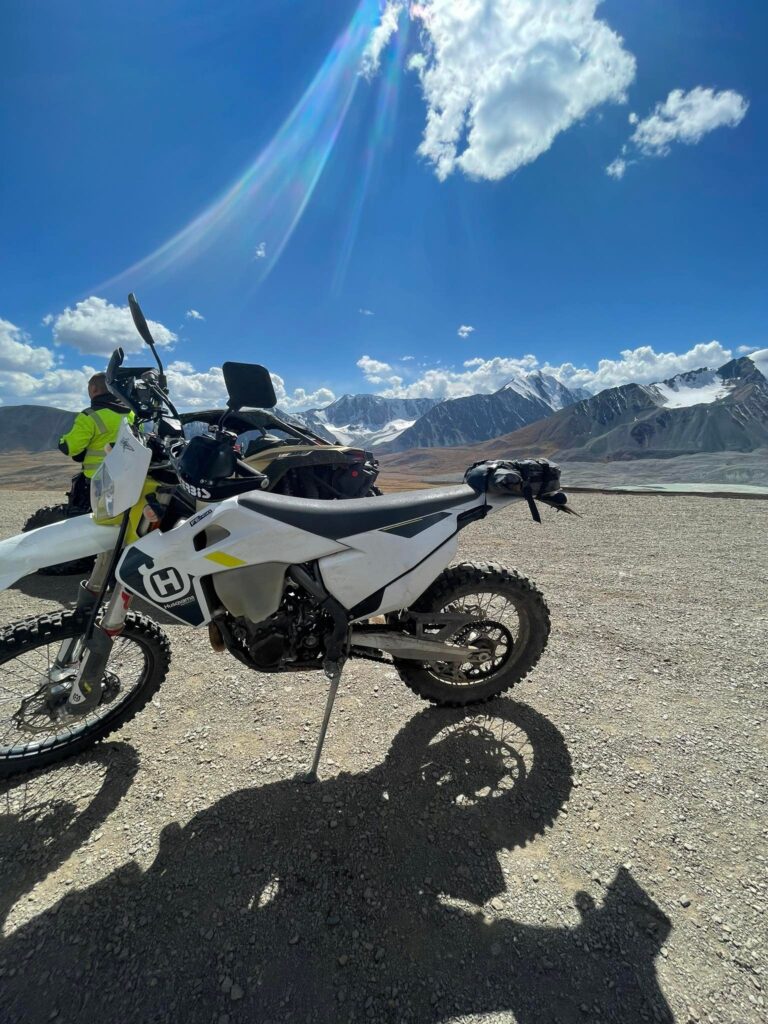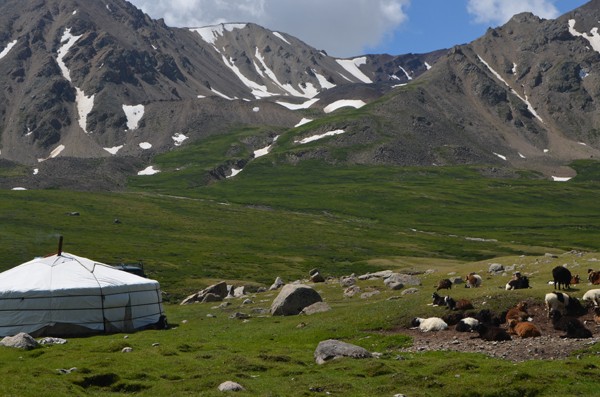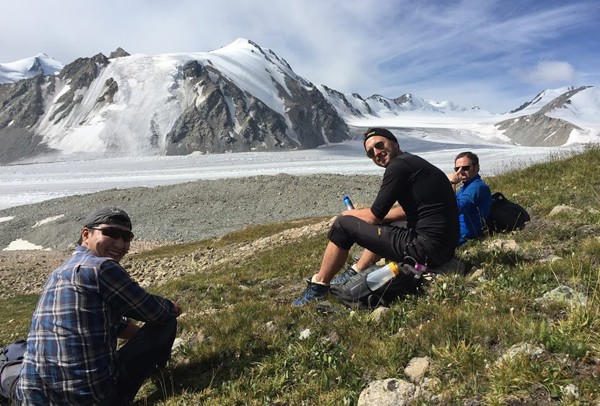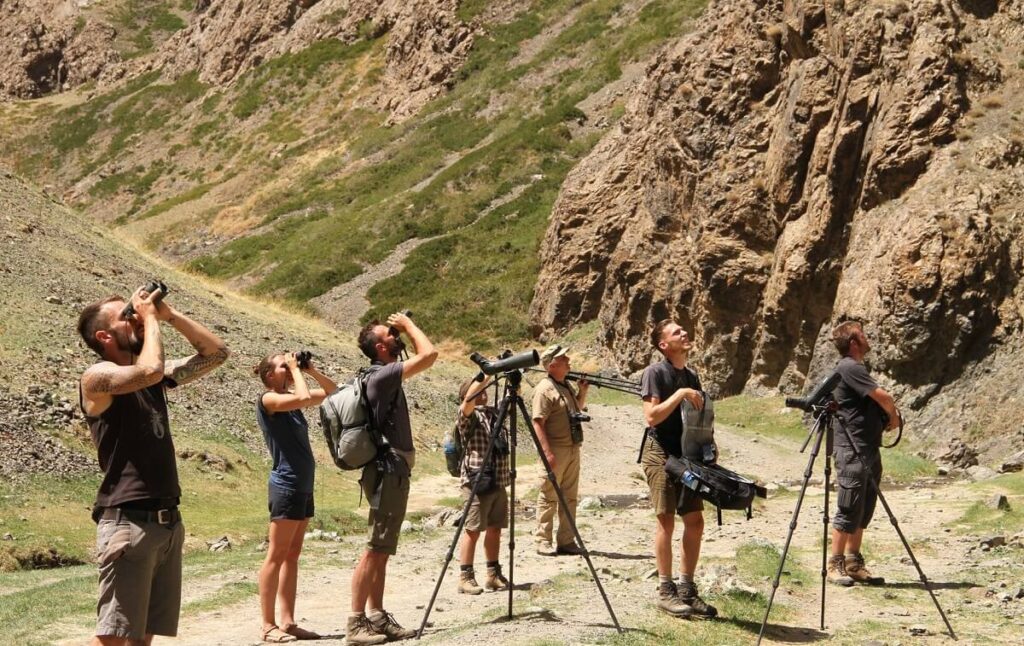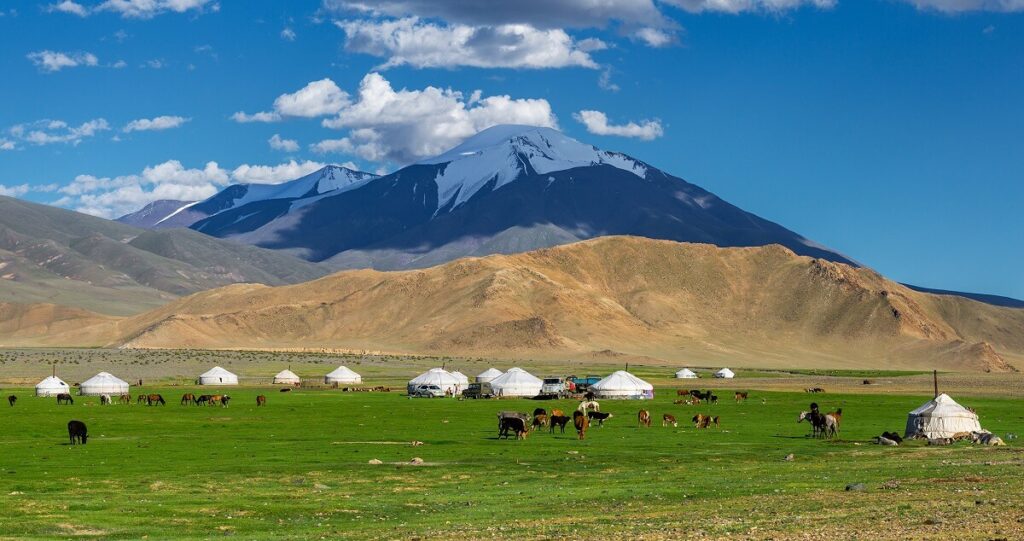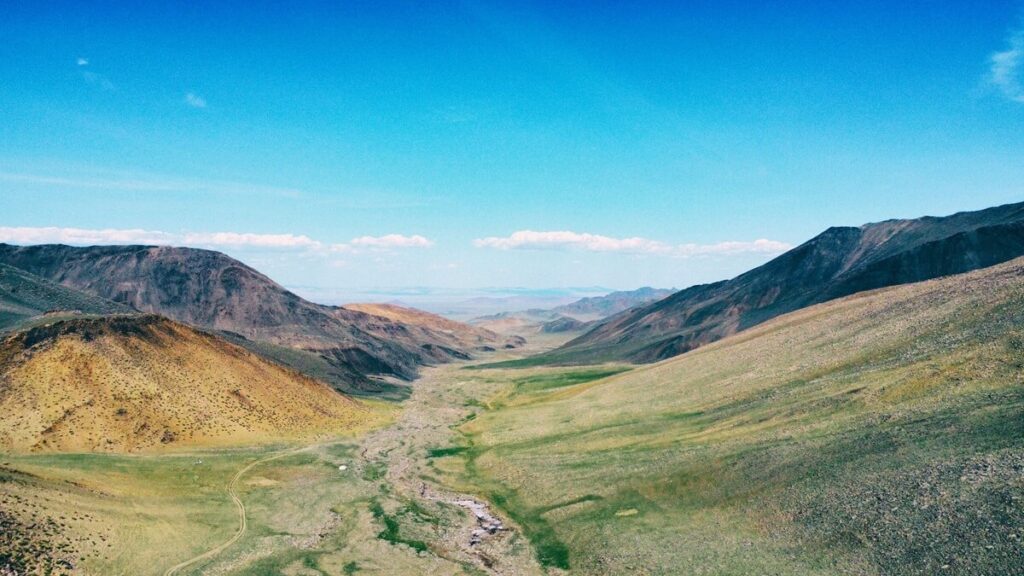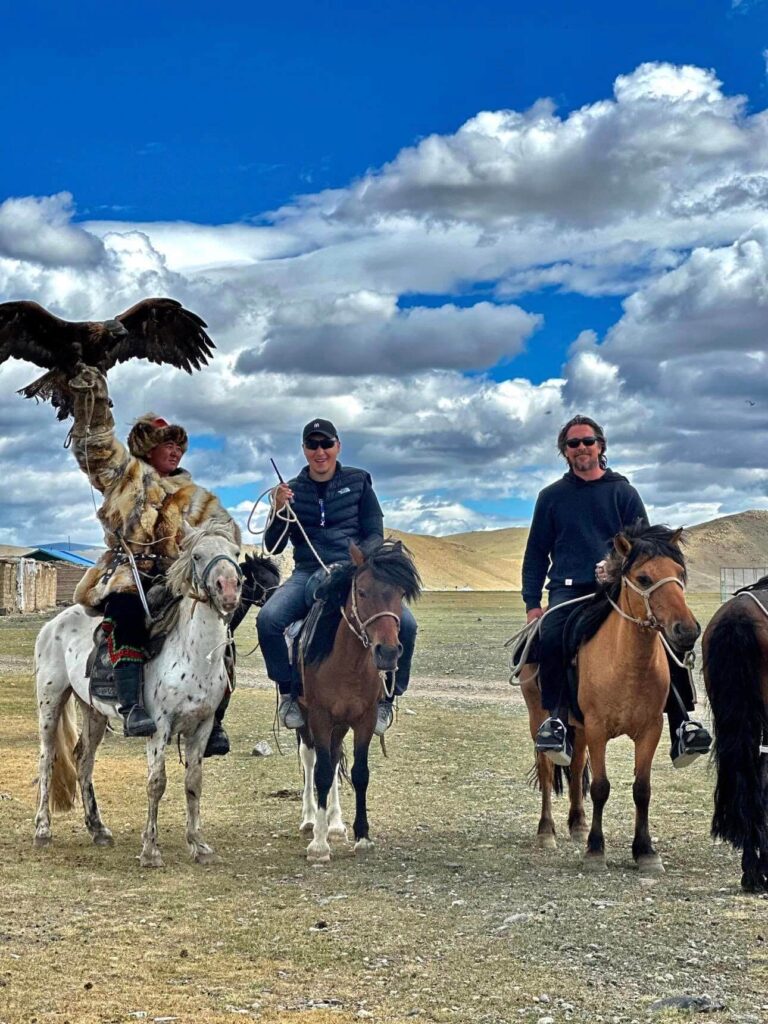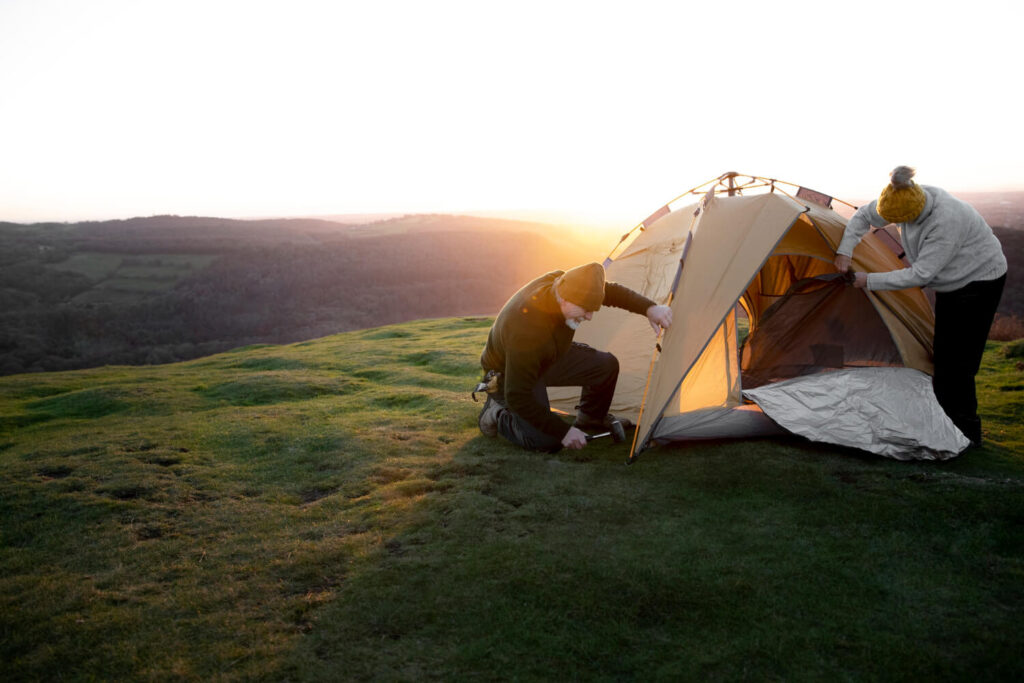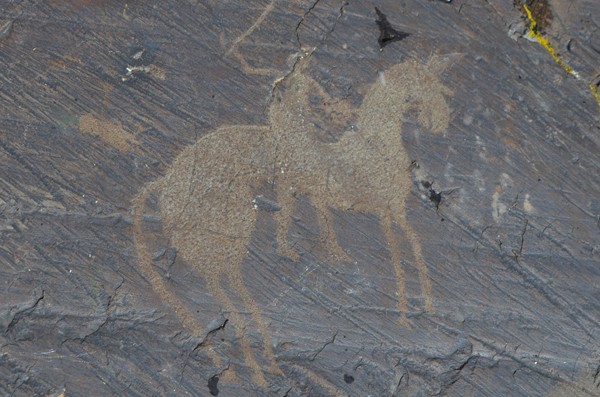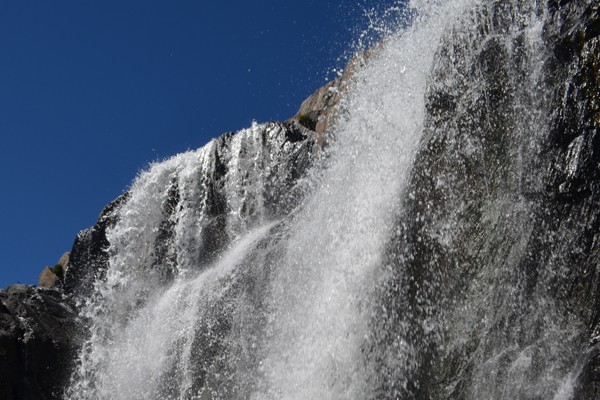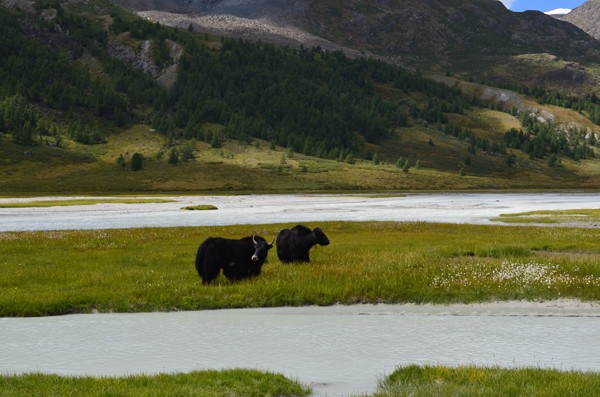Belukha Mountain, towering at an impressive 4,506 meters (14,783 feet), stands as the highest peak in the Altai Mountains and the Siberian region of Russia.
Situated in the heart of the Altai Republic, this mountain is a part of the Altai Tavan Bogd massif, which straddles the borders of Russia, Kazakhstan, China, and Mongolia.
Belukha, often referred to as the “White Mountain,” is revered not only for its breathtaking natural beauty but also for its cultural, spiritual, and ecological significance.
We offer you MONGOLIA HORSE TREKKING TOUR. The Discover Altai team offers you a 9-day best-planned Horse Trekking Tour in the Altai Tavan Bogd National Park. It will be wonderful 🤩🤩
Geographical Significance
Belukha Mountain is located within the Katun Nature Reserve, a UNESCO World Heritage site. The Altai Mountains, which form a natural barrier between the steppes of Mongolia and the taiga forests of Siberia, are known for their rugged terrain, deep valleys, and numerous rivers and lakes.
Belukha’s twin-peaked summit is covered with perpetual snow and ice, making it a challenging yet rewarding destination for mountaineers and adventurers.
The mountain is the source of the Katun River, one of the main rivers in the Altai region. The Katun, along with its tributaries, plays a crucial role in the local ecosystem, providing water for the region’s flora and fauna, as well as the people who inhabit the surrounding areas. The river also holds significant cultural importance for the indigenous Altai people.
Cultural and Spiritual Importance
Belukha Mountain holds a special place in the hearts of the Altai people, who consider it a sacred site. According to local legends, Belukha is the dwelling place of the gods and the center of the world.
The mountain is often associated with Shambhala, a mythical kingdom in Tibetan Buddhism, believed to be a place of peace and tranquility.
The spiritual aura surrounding Belukha has attracted not only pilgrims but also artists, writers, and philosophers throughout history.
One of the most famous figures to be inspired by Belukha was the Russian painter and philosopher Nicholas Roerich.
In the early 20th century, Roerich traveled extensively in the Altai region and believed that Belukha was the gateway to Shambhala.
His fascination with the mountain is evident in his numerous paintings that depict the mystical landscapes of the Altai.
Adventure and Exploration
Belukha Mountain has long been a destination for mountaineers and adventurers seeking to conquer its challenging slopes. The first recorded ascent of Belukha was made in 1914 by the Tronov brothers, who opened the door for future expeditions.
Despite its height, Belukha is not the most technically difficult mountain to climb, but the harsh weather conditions, remote location, and glaciated terrain make it a formidable challenge.
The climb to the summit of Belukha typically begins in the village of Tyungur, located at the mountain’s base.
From there, climbers embark on a multi-day trek through dense forests, across rivers, and over rugged terrain to reach the mountain’s glaciers.
The final ascent requires technical climbing skills to navigate the crevasses and icefalls that guard the summit.
For those who are not mountaineers, the area around Belukha offers numerous opportunities for trekking, horseback riding, and exploring the natural beauty of the Altai.
The mountain’s lower slopes are covered with alpine meadows, dotted with wildflowers and home to diverse wildlife, including ibex, argali sheep, and the elusive snow leopard.
Ecological Importance
Belukha Mountain and the surrounding Altai region are of significant ecological importance. The area is home to a rich diversity of plant and animal species, many of which are endemic or endangered.
The Altai Mountains serve as a natural refuge for species that have been pushed out of other areas by human activity, making it a critical area for biodiversity conservation.
The glaciers on Belukha also play a vital role in the regional hydrology, feeding into the rivers and lakes that sustain life in the region.
However, like many of the world’s glaciers, those on Belukha are retreating due to climate change, posing a threat to the local ecosystem and the communities that depend on it.
Belukha Mountain is more than just a peak; it is a symbol of natural beauty, spiritual significance, and ecological importance.
Whether viewed as a sacred place, an adventurous challenge, or a natural wonder, Belukha continues to inspire awe and reverence.
As one of the most iconic mountains in Siberia, it stands as a testament to the rugged and mystical allure of the Altai region, drawing people from all over the world to experience its majesty.





